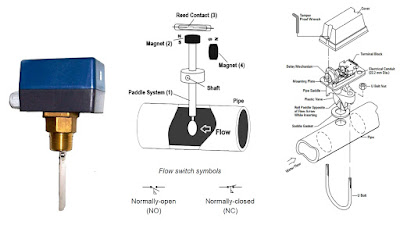Multiple Choice Questions & Answers on 8051 I/O Port Programming and Addressing Modes 1. Auto reload mode is allowed in which mode of the timer? a) Mode 0 b) Mode 1 c) Mode 2 d) Mode 3 Answer: Mode 2 2. If Timer 0 is to be used as a counter, then at what particular pin clock pulse need to be applied? a) P3.3 b) P3.4 c) P3.5 d) P3.6 Answer: P3.4 3. What is the maximum delay that can be generated with the crystal frequency of 22MHz? a) 2978.9 sec b) 0.011 msec c) 11.63 sec d) 2.97 msec Answer: 2.97 msec 4. In the instruction “MOV TH1,#-3”, what is the value that is being loaded in the TH1 register? a) 0xFCH b) 0xFBH c) 0xFDH d) 0xFEH Answer: 0xFDH 5. TF1, TR1, TF0, TR0 bits are of which register? a) TMOD b) SCON c) TCON d) SMOD Answer: TCON 6. Find out the roll over value for the timer in Mode 0, Mode 1 and Mode 2? a) 00FFH,0FFFH,FFFFH b) 1FFFH,0FFFH,FFFFH c) 1FFFH,FFFFH,00FFH d) 1FFFH,00FFH,FFFFH Answer: 1FFFH,FFFFH,00FFH. 7. What is the clock source for the timers? a) some external...

